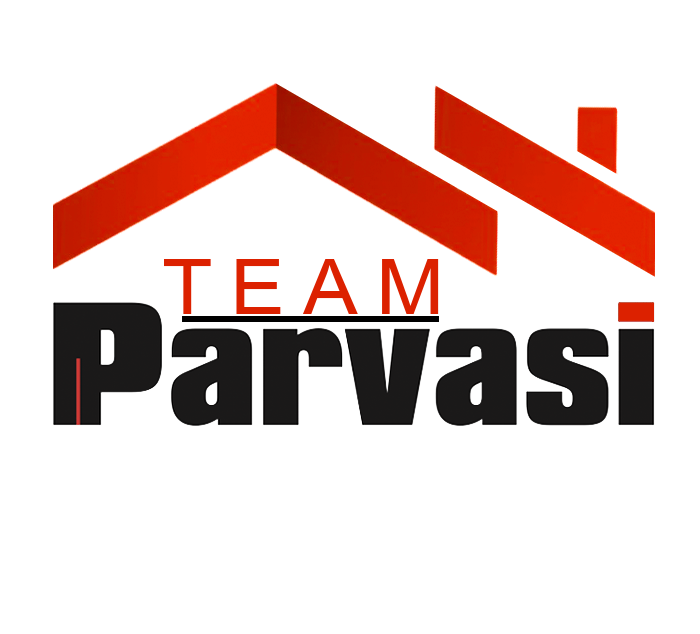Canadian collaboration serves increased demand for Saab advanced camouflage systems
An agreement with Canada’s Tulmar Safety Systems will see production of Saab’s advanced camouflage create jobs and opportunity for Ontario’s skilled manufacturing sector.
Similar stories














Comments are closed.